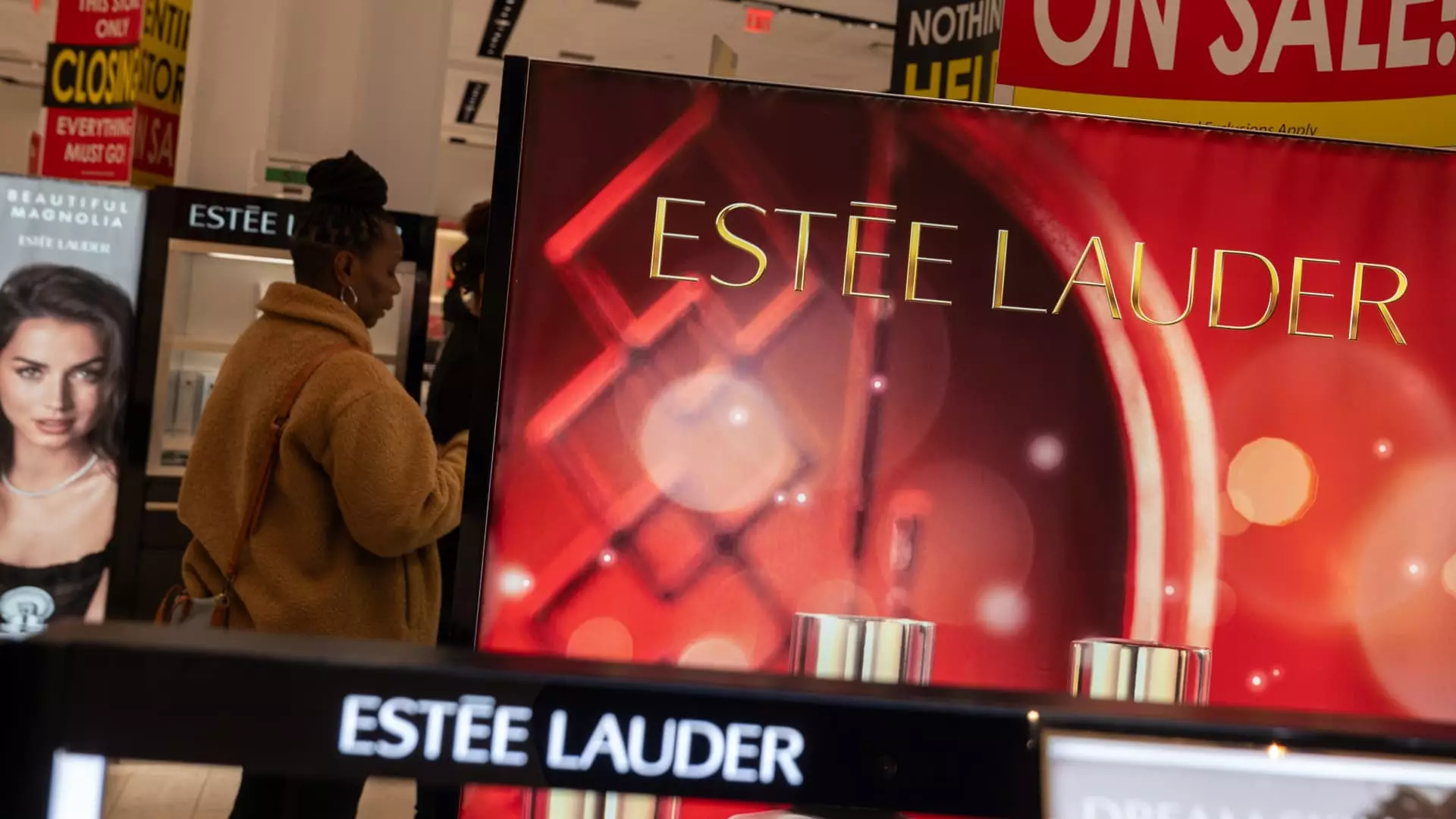The beauty sector faced a tumultuous week, as key players like E.l.f. Beauty and Estee Lauder reported considerable financial setbacks that sent shockwaves through the market. E.l.f. Beauty experienced its most significant drop since August 2018, with its stock plummeting nearly 29% over five trading days. Despite an encouraging revenue report for its fiscal third quarter, E.l.f. missed expectations on adjusted earnings per share. The company also slashed its annual revenue guidance, revising expectations from a range of $1.32 billion to $1.34 billion down to a new projected range of $1.3 billion to $1.31 billion. CEO Tarang Amin highlighted the challenges the beauty market is currently experiencing, pointing to a broader 5% decline in January, which he attributes to a combination of overstocked holiday inventory and a dwindling online interest in beauty products.
Estee Lauder also bore the brunt of negative market sentiment, with a significant 22% decline in share value—the worst performance the stock has seen since November. The company announced major job cuts, projecting a reduction of between 5,800 and 7,000 positions by the end of fiscal 2026, due to weakening demand in Asian travel retail. Even while reporting better-than-expected revenue and earnings for its second quarter, the substantial layoffs and pessimistic outlook overshadowed any potential positive news. CEO Stéphane de La Faverie openly acknowledged the company’s struggles by stating, “Simply said, we lost our agility. We did not capitalize on the higher-growth opportunities,” demonstrating an acute awareness of the challenges facing the industry.
The struggles haven’t been limited to just a couple of companies; other industry players like Ulta Beauty and Coty also felt pressure, with their stocks dropping by 9% and nearly 8%, respectively. For Ulta, this represented the worst performance since April, while Coty faced its most significant trading week since October. On E.l.f. Beauty’s recent earnings call, Amin indicated that even their main retailer, Ulta, was experiencing “a little bit of softness,” suggesting that the troubles within the sector might be more widespread.
Compounding these downturns are geopolitical factors like tariffs, which pose a notable threat to profitability. The recent announcement from China imposing tariffs on select U.S. imports comes in retaliation for President Trump’s proposed tariffs on Chinese goods. With approximately 80% of E.l.f’s products manufactured in China, the implications for production costs and pricing strategies are significant. Despite the uncertainty, Amin expressed a degree of relief regarding the tariffs, emphasizing that a 10% tariff is less daunting than the originally suggested 60%.
As the beauty sector grapples with declining demand, growing competition, and external economic pressures, stakeholders are left wondering how these brands will adapt. The week has served as a stark reminder that even established names in the beauty industry are not immune to market fluctuations and require agile strategies to navigate this complex landscape. Future earnings reports will be critical in determining whether these companies can rebound from this difficult period or if they will continue to struggle under the weight of economic challenges.

